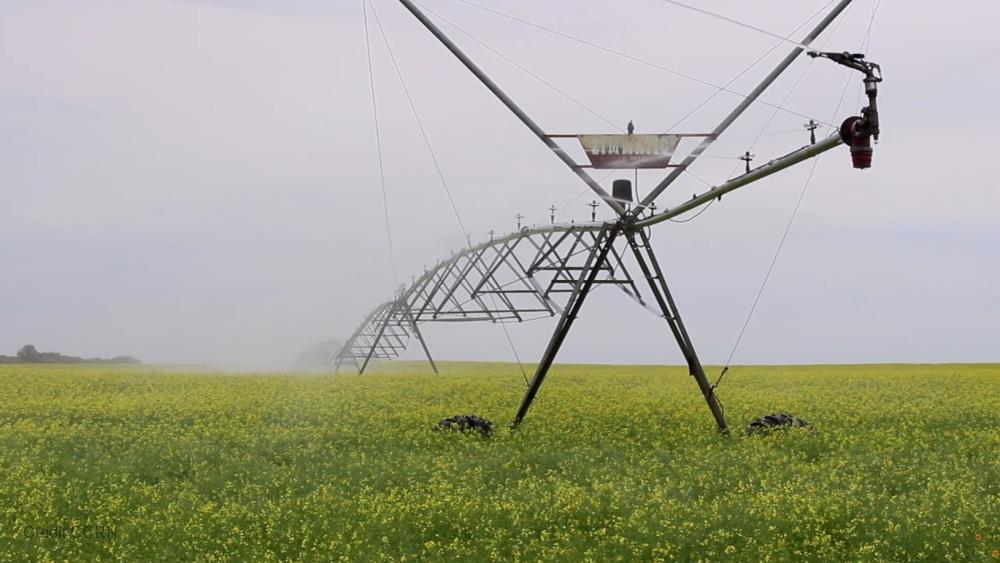
Related items loading ...
Section 1: Info
Dashboard: COVID-19 Early Indicators: Wastewater Surveillance for SARS-COV-2 Virus Particles
University of Saskatchewan (USask) and Global Water Futures researchers are using wastewater-based epidemiology to monitor for SARS-CoV-2 (the virus causing COVID-19) in Saskatoon, Prince Albert, and North Battleford wastewater, providing early warning of infection outbreaks. This work is being done in partnership with the Saskatchewan Health Authority, Public Health Agency of Canada, City of Saskatoon, City of Prince Albert and City of North Battleford.
Most people with COVID-19 start shedding SARS-CoV-2 within 24 hours of being infected through their feces. This “viral signal” detected in wastewater helps provide population-level estimates of the rate of infection in a city, indicating whether the number of infected people is increasing, decreasing or staying the same. This signal is a leading indicator of impending surges in number of active cases by 7 to 10 days following sample collection.
- - -
A pilot study in Saskatoon was initially funded by the University of Saskatchewan-led Global Water Futures (GWF) program and supported through in-kind contributions of personnel and sampling equipment by the City of Saskatoon, postdoctoral fellows, and students. Based on three weekly samples, viral loads in Saskatoon’s wastewater remained low throughout July, August, and September 2020, but began to rise exponentially in October and November 2020 providing a leading indicator of impending surges in case numbers. The team informed Saskatoon’s population of upcoming potential increases (and decreases) in positive cases primarily through press releases and media interviews. Wastewater data were shared with the Saskatchewan Health Authority and the Saskatchewan Ministry of Health. Provincial modelling teams used the information from wastewater surveillance to refine their models that helped forecast future health risks associated with COVID-19. A first-of-its-kind study with Indigenous communities was initiated in partnership with the Indigenous Technical Services Co-operative (ITSC), which included five First Nations with one each from Agency Chiefs Tribal Council, File Hills Qu’Appelle Tribal Council, Saskatoon Tribal Council, Touchwood Agency Tribal Council, and Yorkton Tribal Council.
- - -
COVID-19 Dashboard:
https://water.usask.ca/covid-19


 GWFNet
GWFNet Master
Master Research
Research Map
Map
 Advanced
Advanced . . .
. . .

 Metadata Editor
Metadata Editor
 Record List
Record List
 Alias List Editor
Alias List Editor
 Legacy sites
Legacy sites